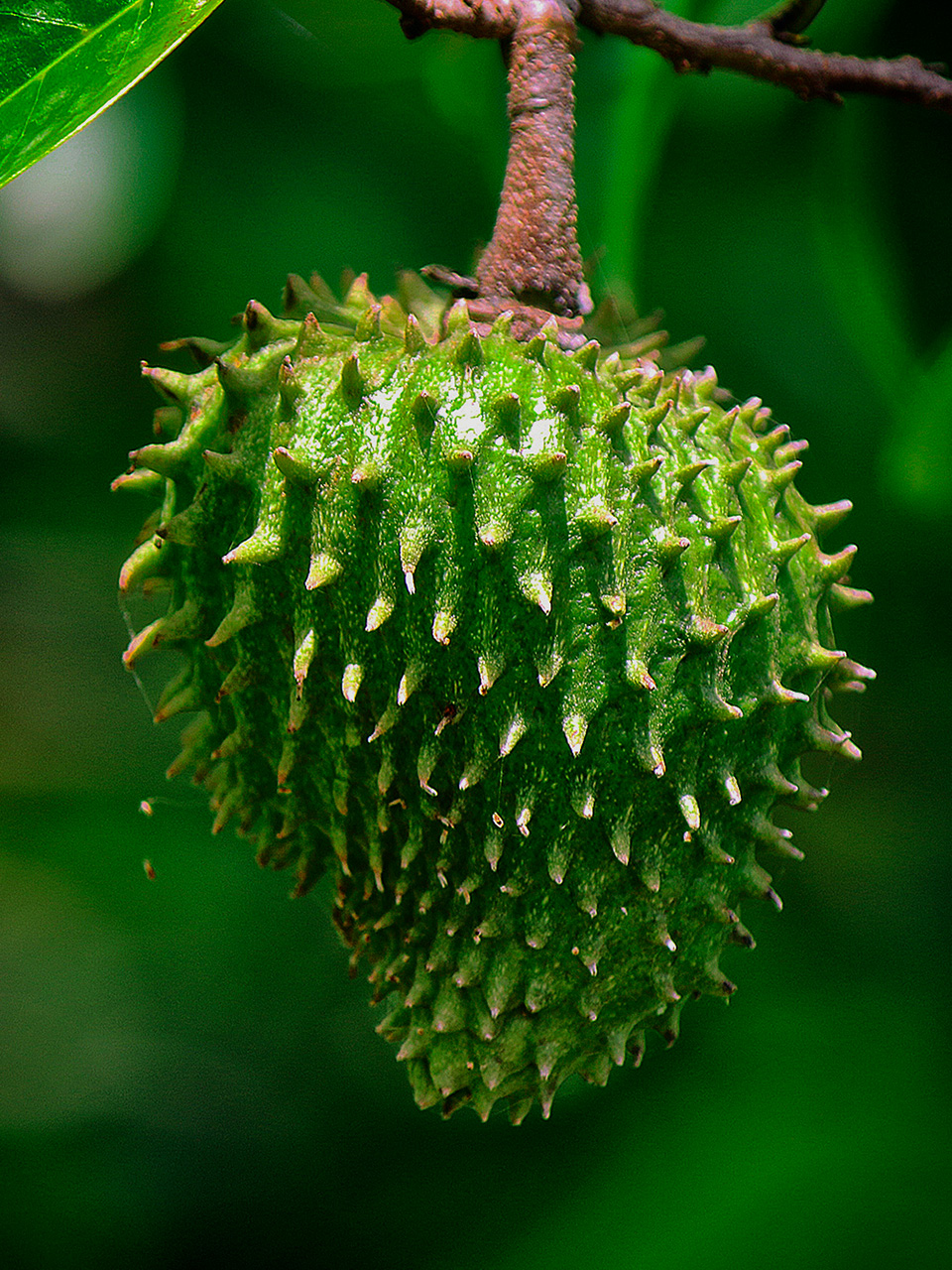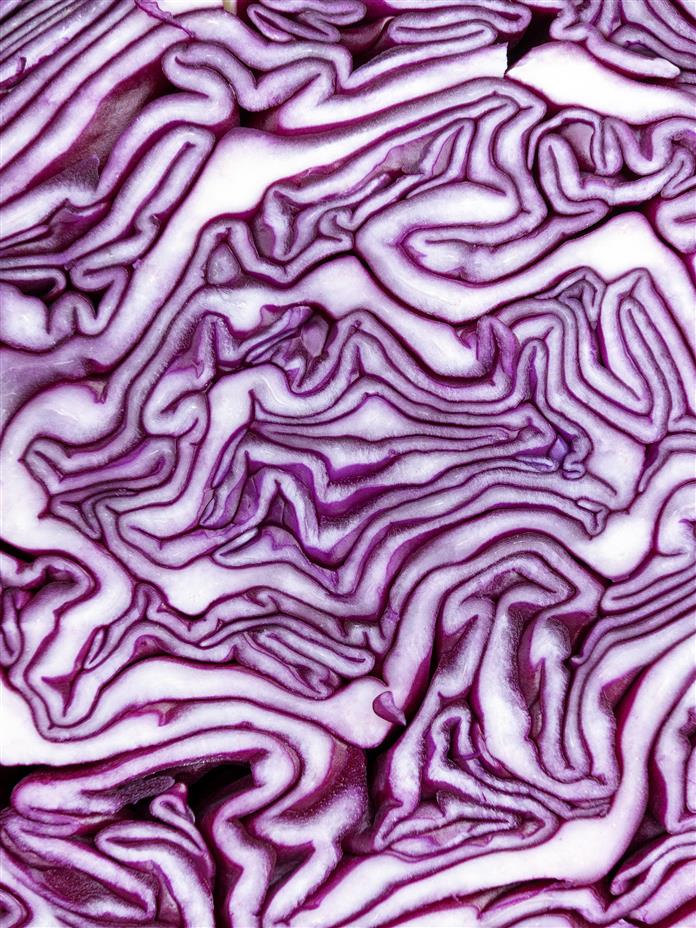Soursop fruit is one of the largest edible fruits on the earth and 100 to 200 soursop seeds are obtained from one fruit. Leaf through the following story to know more about this topic.

Tap to Read ➤
Soursop Seeds
Leena Palande


Soursop fruit is one of the largest edible fruits on the earth and 100 to 200 soursop seeds are obtained from one fruit. Leaf through the following story to know more about this topic.

The evergreen soursop tree is native to West Indies, Brazil, Mexico, Venezuela, and many other African countries that lie within the tropics. Soursop or Annona muricata is a member of chirimoya and pawpaw families. It is recognized by various other names such as graviola in Portugal, guanábana in Spain, and Mullaatha in South India. It looks like a custard apple, but it has a thorny skin.

The fruit is known for its delicious flavor that resembles the flavors of pineapple and strawberry, but it is slightly sour like citrus fruits. It also tastes somewhat like tender coconut or banana. The green, spiny skin, and soursop seeds are not eaten. Only the fibrous white segments that contain the seeds are eaten.

Vital Information
These trees are grown by planting the small, shiny, black, inedible seeds that have emetic properties. Therefore, they are used in the treatment of vomiting. A packet of five seeds costs around USD 5.25. The closely packed segments of the fruit may be seedless or may contain a single black, hard and oval seed per segment.

The black ones have smooth surfaces, and are usually 1/2 to 3/4 inches (1.25-2 cm) long. Many people plant them in home gardens. They should be planted in warm areas, which enjoy plenty of sun and moderate humidity. The trees should be protected from strong winds. They grow well at an altitude between 800 and 1,000 ft (244300 m).

Various ongoing studies in the University of Puerto Rico's Agricultural Experiment Station provide a lot of information about the cultivation of this plant and its uses. Fiber-less varieties are being developed in Cuba. These trees have bluish-green foliage. The fruits are classified as sweet (slightly acidic), medium acidic, and acidic.

They are also subdivided according to their shapes; for example, round, heart-shaped, oblong, or angular.

Classification is also based on the flesh consistency. Some fruits have soft and juicy flesh while some have firm and comparatively dry flesh. Some varieties are good to eat as raw (like vegetables) and some are good for preparing juices. When the seeds are sown in containers, germination takes place within 15 to 30 days.

The containers should be kept in shade. The soil should be kept moist. Cutting or shield-budding method is used to produce the selected variety. The trees grow fast and begin to bear fruits within 3 to 5 years.

The Fruit
The fruit is about 12-24 cm long and can weigh up to 7 kg. The fruits are available almost all year round. The flesh of the fruit looks like the flesh of a jack-fruit. The raw form is eaten as a vegetable just like raw jack-fruit.

As the fibrous flesh contributes towards the most delectable flavor, soursop juice makes a wonderful sorbet and flavoring for ice creams. The juice is also used to treat various skin diseases. The leaves of the tree are used to prepare herbal medicines that promote fast healing of wounds and sores.

The fruit is rich in vitamins B and vitamin C and several minerals. The juice works great for liver problems. Many scientists are studying the facts about this plant and cancer cure. It is believed that soursop helps kill cancer cells without destroying adjacent healthy cells (in contrast with chemotherapy).

As more and more medicinal benefits are being discovered, more and more people are planting these trees on a commercial basis.

Soursop is one of the most abundant fruits in Africa. The fruit is canned with its seeds and is available in most of the supermarkets and restaurants in the U.S. The distinctive aromatic qualities of the fruits and their suitability for processing in the form of preserved pulp, nectar, and jelly have made them popular in all parts of the world.

Disclaimer: This story is for informative purposes only, and should not be used as a replacement for expert medical advice.